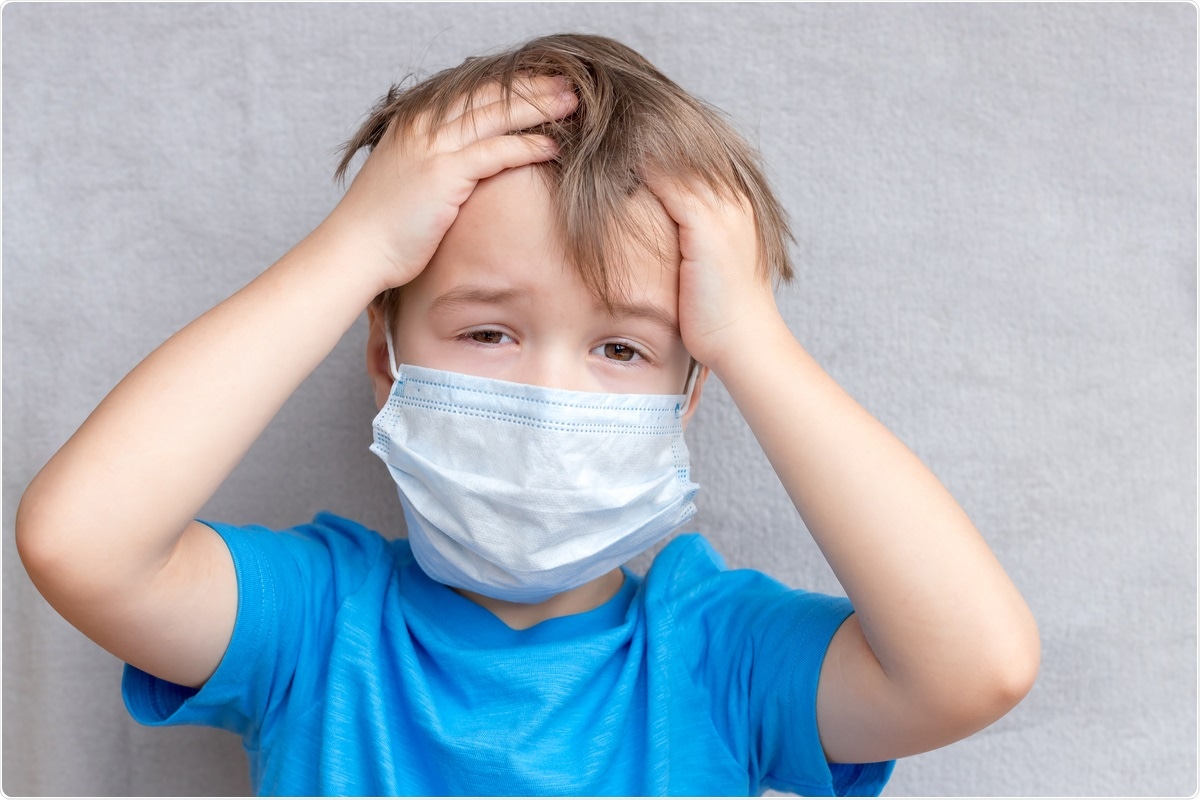Previous studies about the coronavirus disease 2019 (COVID-19), caused by the severe acute respiratory syndrome coronavirus 2 (SARS-CoV-2), have shown that the illness is often more severe in men than women. However, there is limited data available for the pediatric population.
Though children and adolescents are at a lower risk of developing severe illness, some may experience severe symptoms. In some cases, children develop complications, including the multisystem inflammatory syndrome in children (MIS-C).
Researchers at the Pediatric Infectious Disease, Hospital Isidoro Iriarte, Quilmes, Buenos Aires in Argentina and the Alma Mater Studiorum University of Bologna in Italy report that a higher percentage of male children developed MIS-C and died.
The study, published on the preprint medRxiv* server, highlights the need for further studies on the impact of COVID-19 among children and what factors may contribute to them developing severe illness and dying from the infection.
What is MIS-C?
Early in the coronavirus pandemic, which first emerged in China in December 2019, health agencies focused on preventing infection of high-risk populations, including older adults and people with comorbidities, such as hypertension, diabetes, cardiovascular disease, and obesity.
As the pandemic evolved, cases of complications among children were reported. One of the most worrying is the emergence of MIS-C cases.
MIS-C, also called pediatric multisystem inflammatory syndrome (PMIS), is a newly recognized, potentially serious illness in children that seems to be related to COVID-19. For most children, the disease appears to be a delayed complication of coronavirus infection, but not all of the affected children test positive for SARS-CoV-2.
The illness is a serious condition, wherein some organs and tissues, like the heart, blood vessels, lungs, kidneys, brain, skin, eyes, or the digestive system, become severely inflamed.
The signs and symptoms include a rash, bloodshot eyes, swollen hands and feet, cracked lips, swollen and reddish tongue, enlarged lymph nodes, high fever, low blood pressure, very high heart rate, diarrhea, vomiting, and respiratory symptoms due to COVID-19 infection.
The proportion of MIS-C cases among children
The study was part of an ongoing independent project to assess COVID-19 and MIS-C in Latin American children.
In the study, the researchers aimed to shed light on how sex influences disease severity and outcomes in Latin-American children with COVID-19 and MIS-C. They performed a sub-analysis of a previously used datasheet to assess the influence of sex on disease severity.
The team found that a higher percentage of male children developed MIS-C, wherein 8.9 percent occurred in males and 5 percent in females. Further, the risk of dying from MIS-C was higher in males, which is 1.2 percent versus 0.4 percent in female children.
In terms of hospitalization due to COVID-19 and MIS-C, females are less frequently admitted compared with boys. About 35.4 percent of male children with MIS-C needed to be admitted for treatment.
In the study’s cohort, none of the children had comorbidities or underlying health issues such as type 2 diabetes, hypertension, or obesity. Hence, the researchers concluded that a slightly more severe COVID-19 and MIS-C disease course in boys than girls in Latin American children.
Many potential reasons for this disparity have been tackled, but the reason remains unclear. The team noted that the male dominance in the COVID-19 pandemic could be explained by sex-specific expressions of TMPRSS2, endothelial cell surface protein that is involved in the viral entry and spread of coronaviruses, including SARS-CoV-2.
The activity and expression of the human angiotensin-converting enzyme 2 (ACE2), the receptor that acts as a cellular gateway for SARS-CoV-2 to enter cells, can explain the differences.
Vitamin D has also been tackled in the immune pathogenesis of COVID-19. Scientists believe that the synergy between vitamin D3 and estrogen, a female sex hormone, could affect the sex differences in the outcome of COVID-19 patients.
The research team emphasized that the results of the study are just preliminary and further investigation is necessary to determine the role of sex in disease severity and outcomes.
In light of the growing evidence of long COVID-19 in children, it is important to begin including sex as an important potential variable of severity or symptoms persistence in children with COVID-19,” the team explained.
*Important Notice
medRxiv publishes preliminary scientific reports that are not peer-reviewed and, therefore, should not be regarded as conclusive, guide clinical practice/health-related behavior, or treated as established information.
